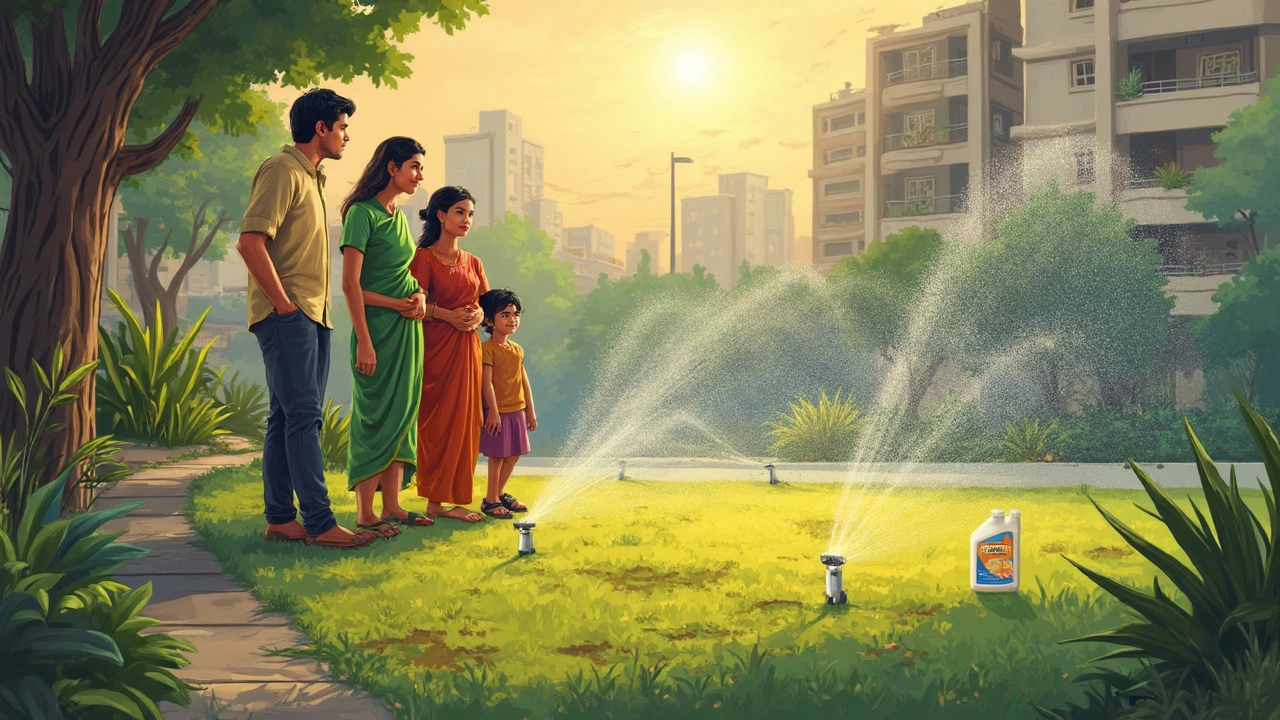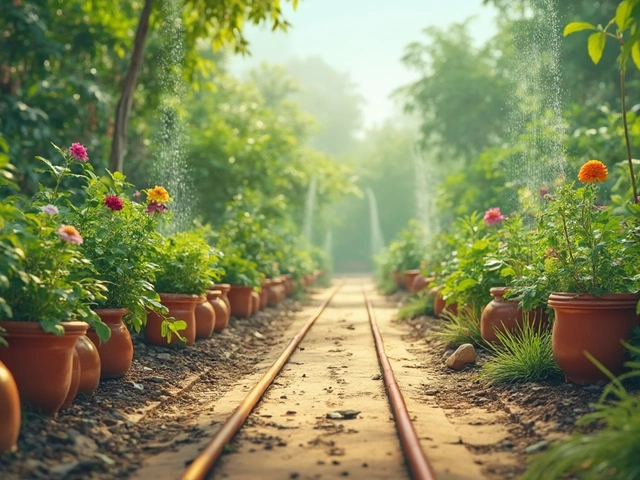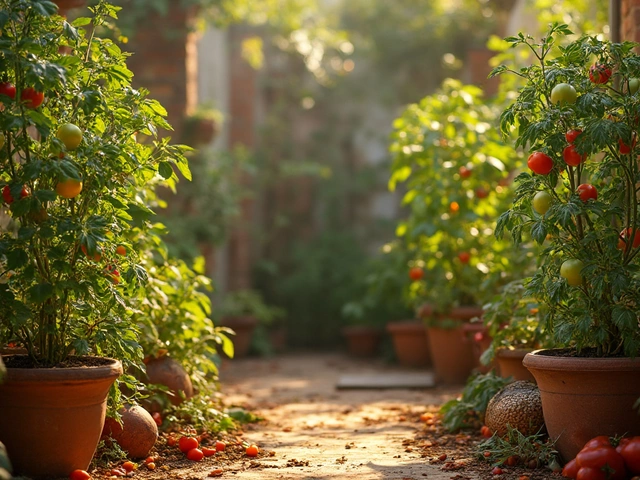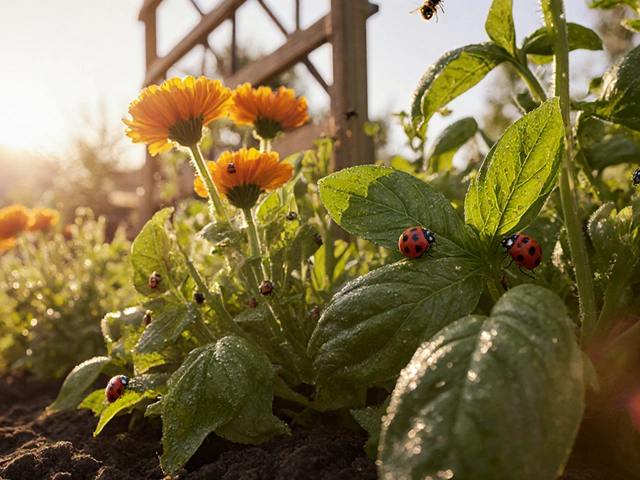Lawns Made Easy: Simple Tips for a Lush Green Yard
Want a lawn that looks good without hours of work? The trick is to start with the basics and keep things simple. Below are step‑by‑step tips you can use right away, whether you have a big garden or a tiny patch of grass.
Choose the Right Soil and Grass
First thing, check your soil. Good grass needs loose, well‑draining soil. If the ground feels hard or clay‑like, mix in some compost or sand to loosen it. Next, pick a grass type that matches your climate. In most parts of India, buffalo grass, Bermuda, or Zoysia work well because they tolerate heat and dry spells. Plant the seeds in early spring or after the monsoon when the soil is warm.
Watering Smartly
Water is the biggest expense for any lawn, so use it wisely. Early morning is the best time to water; the sun is low, so less water evaporates. Aim for about 1 inch of water per week, either from rain or irrigation. If you can, install a drip irrigation line or soaker hose. Bury the drip lines a few inches deep; this protects them from weather and helps water the roots directly. A timer can automate the process and save you money.
When watering, avoid long, shallow sprays. Short, deep soakings push roots deeper, making grass more drought‑resistant. If you notice puddles on the surface, you’re over‑watering—cut back the time.
Mowing and Cutting
Keep your mower blade sharp. A dull blade tears grass, which invites disease. Set the cutting height according to the grass type: about 2‑3 inches for most warm‑season grasses. Never cut more than one‑third of the blade length at a time; that stresses the plant. Mow when the grass is dry, and try to leave the clippings on the lawn—they act as natural mulch.
Feeding and Fertilizing
A little feed goes a long way. Use a balanced fertilizer with nitrogen, phosphorus, and potassium. In the growing season (spring to early autumn), apply a light dose once a month. Over‑fertilizing can burn the grass and pollute water, so follow the label. For an eco‑friendly boost, spread a thin layer of compost or well‑rotted manure in the fall. It feeds the soil and improves its structure.
Dealing with Weeds and Pests
Weeds compete with grass for water and nutrients. Hand‑pull them when they’re small, or use a natural weed suppressant like corn gluten meal. For pests, start with non‑chemical solutions: neem oil spray, garlic extract, or introducing beneficial insects such as ladybugs. Chemical pesticides can damage the soil microbes that keep your lawn healthy.
Keeping It Sustainable
Going green is easier than you think. Use rain barrels to collect rooftop water for irrigation. Plant native grasses that need less water and fertilizer. Mulch the edges of your lawn with leaf litter or bark chips to retain moisture and suppress weeds. Small changes add up and keep your yard friendly to the environment.
With these straightforward steps—right soil, smart watering, proper mowing, light feeding, and sustainable habits—you can enjoy a green lawn without spending all day on maintenance. Try one tip at a time and watch the difference. Your lawn will thank you, and so will your wallet.

Most Unsustainable Thing? Grass Lawns and the Gardening Problem
This article dives into the surprisingly huge impact of traditional grass lawns on the environment. It unpacks why these green spaces are wildly unsustainable, especially when it comes to water use and chemicals. You'll find out how much damage a simple yard can do, why smarter gardening matters, and what easy swaps can change your lawn for the better. Get practical, real-world ideas to make your outdoor space greener. Discover what to ditch and what to plant instead for a healthier world.
About
Sustainable Gardening
Latest Posts


How Long Do Tomatoes Take to Grow? Quick Guide for Garden Lovers
By Alden Thorne Mar 3, 2025

Sustainable Gardening: What’s Another Name for It?
By Alden Thorne May 18, 2025

DIY Natural Pest Control: Simple Home Remedies for a Bug‑Free Garden
By Alden Thorne Oct 12, 2025
